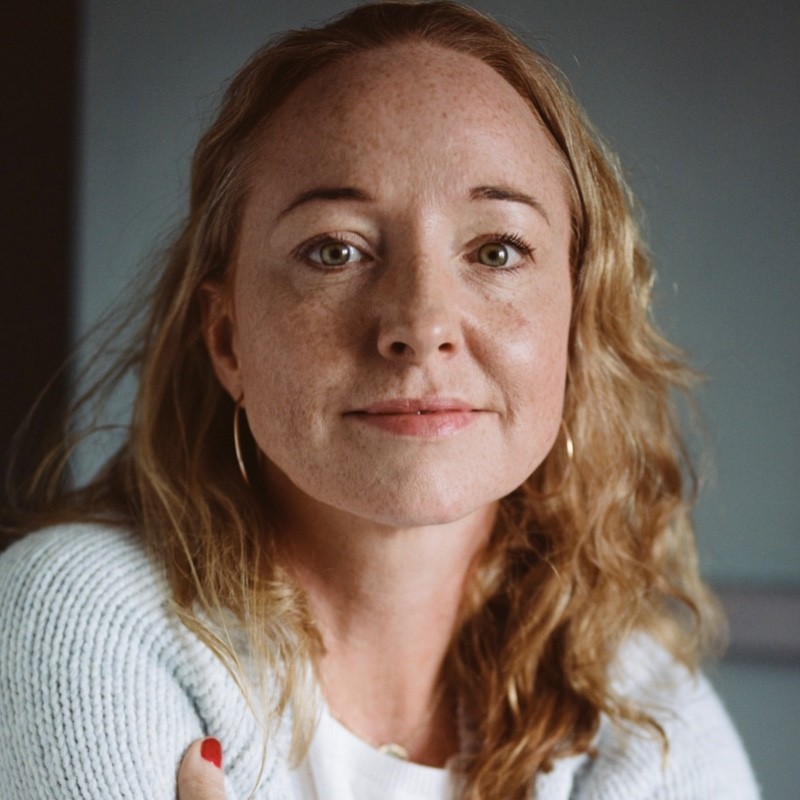Six rules for spotting great art
Buying art can be a good investment as well as intrinsically rewarding. Sarah Ryan of New Blood Art looks at how to spot the artists with the most potential before they make it big.

Buying art can be a great investment as well as intrinsically rewarding. Choose wisely, says Sarah Ryan of New Blood Art.
To find new and potentially great artists, you need to start at the art schools. Artists, of course, have innate talent. But really good art comes from those who have also been rigorously trained.
An artist needs a thorough grounding in research, and idea development. They also need strong technical skills if they want to define their own 'voice' and communicate with their audience. The quality of training varies; drawing is no longer seen as a must at some British art schools, and many place a heavier emphasis on conceptual aspects the developing of ideas above the developing of technical skills and observation. The best offer a good balance of the two.
MoneyWeek
Subscribe to MoneyWeek today and get your first six magazine issues absolutely FREE

Sign up to Money Morning
Don't miss the latest investment and personal finances news, market analysis, plus money-saving tips with our free twice-daily newsletter
Don't miss the latest investment and personal finances news, market analysis, plus money-saving tips with our free twice-daily newsletter
It's also worth considering the artist's personality. Creativity is the life force of true artists it is the only way they find meaning in the world. It also means they need to be self-aware, and make an effort to find an environment that brings out the best in them. Being a deep thinker with highly attuned senses can be overwhelming in a culture that celebrates the extrovert.
This is why artists often live near to each other it gives them the peace they need to access their depths, express themselves and make their work. If you see a piece of good art something technically skilled but also expressing an idea in a different way you tend to have a visceral response. It should lead you, too, to feel deeply. When I look at work, I watch for the feelings that arise within me. To me, these are the indicator of true art.
Long-term price appreciation, as ever, comes down to supply and demand. Plenty of artists produce work with mass appeal. They may enjoy a steady stream of income and lots of buyers but, in general, I don't believe their prices will see the phenomenal gains that artists with stand-out talent will. Nor will such mainstream names become significant in the art world. Decorative artists make pieces that look nice on walls. Great artists reach into their depths, and express ideas with great technical skill, unique vision and passion. There's a difference.
I visit as many degree shows as I can each year. I now feel I just know when I'm standing before something outstanding. These are works I don't forget they pop back into my head and leave a mark on me. How can you recognise these, beyond that feeling? Here are six pointers.
An identifiable style: Artists with an identifiable style have found a way of handling paint, approaching their subject, or working with themes that are specific to them. But I also like to see evolution over time it makes sense for an artist to experiment in different areas while keeping a stylistic thread running through their work. Art tutors push this kind of development at college. We need to see that the artist can keep it going.
A sophisticated technique: You need to see depth in the work. It's fine good even for the artist to reference other artists, but very much as re-invention within their own unique identifiable style. New and different is amazing if rare.
Quality of materials: Don't underestimate the importance of quality stretchers, canvas and paints. Using expensive, high-quality materials demonstrates a certain commitment and integrity. Often the best emerging artists make their own stretchers and carefully select the linen or canvas, and their work starts there. Some paints also have much better archival properties than others, and really good quality paints have high pigment content works made with these will still be vibrant in decades to come. Serious art collections don't come with cheap canvas.
Commitment: You don't want a flash in the pan. How committed and passionate is the artist? How likely are they to be making work in ten years? Are they applying for prizes, arts funding, residencies, competitions? It's vital that they are committed to raising their profile all of this indicates an artist is likely to continue to drive their practice forward.
Professionalism: Some artists get so emotionally attached to work that they can't easily let it go. This keeps them small. Long-term artists make and sell.
The enthusiasm of experts: College tutors have an inside line to the artists on their courses. I always relish the chance to tour a studio or art show with a college tutor and listen to their opinion on artists.
Buying online
The art world is largely unregulated and anyone can set up an online gallery so buyer beware! Before you even look at pictures, make sure there is a sound return policy. Then look to see if the site has any connections to the artist. Artists write their own statements online, but has the gallery added anything useful? This may distinguish galleries that carefully select work from those that are just providing a platform and cashing in.
The main reason to buy online is because it's the only viable way of representing young artists, and introducing their high-quality, original, affordable art to the public. There are lots of emerging artists who are unable to navigate the transition from art college to gallery representation, and so never get off the ground. This changes that. Not only do you get a beautiful piece of work for (in some cases) the same price as a reproduced image, you are backing developing young artists.
There are many platforms where any artist can upload works (you or I could, for example, take a photograph of our cup of coffee this morning and have it for sale on Saatchi Online this afternoon). But I strongly recommend the artist-led Axis and Re-title. Big names to look at also include Artspace, Amazon Art and 1st dibs, which has a nice art section. Finally, don't forget my own site: www.newbloodart.com.
Top new talent on New Blood Art
(Click on the images for a larger version.)
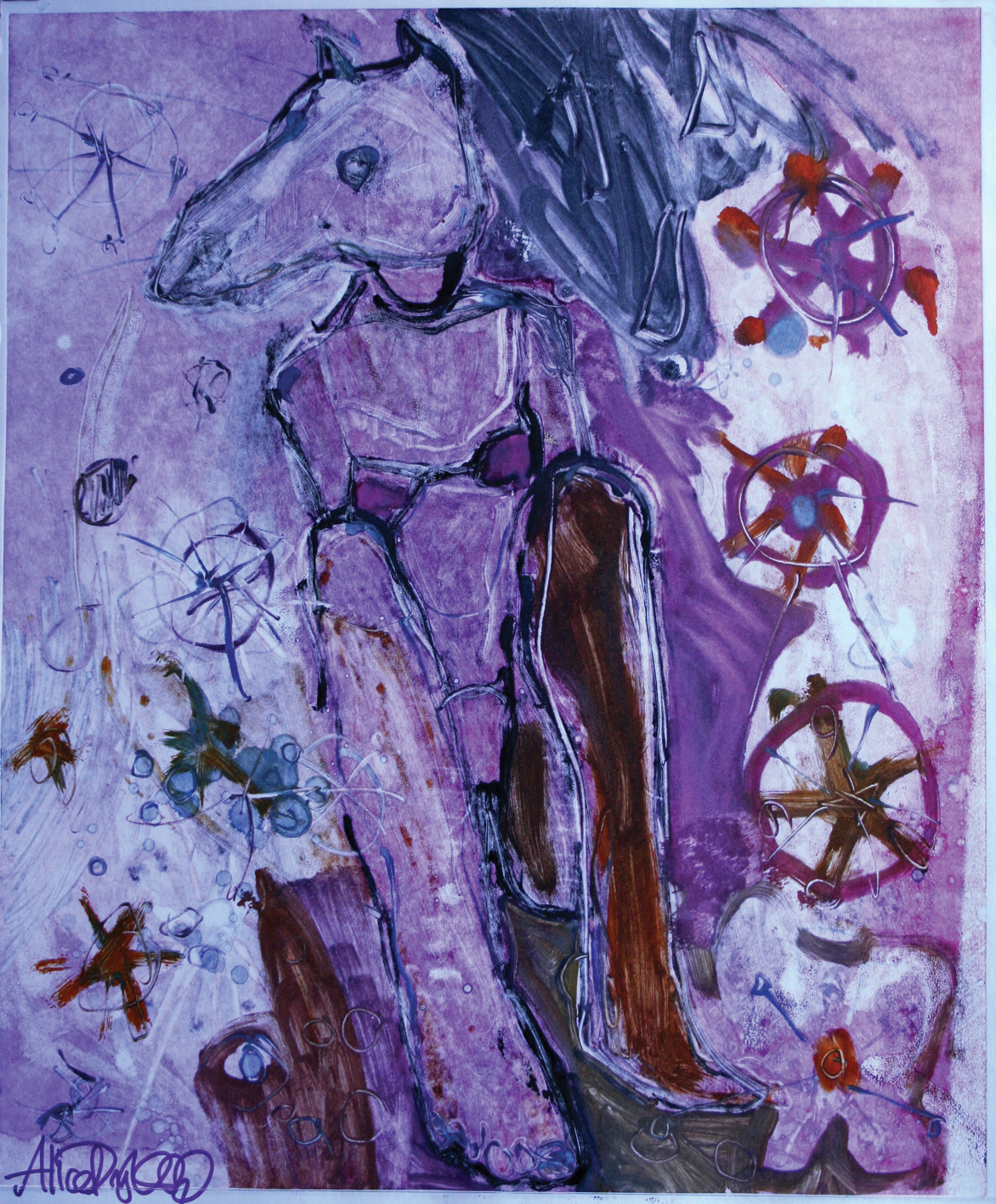
Alice Dyba (from £50)Alice has an identifiable style in both her recognisable handling of ink and paint and in her choice of subject matter. She is making work all the time and is not afraid of uncomfortable subjects. Her work is not safe', and that's to her credit.
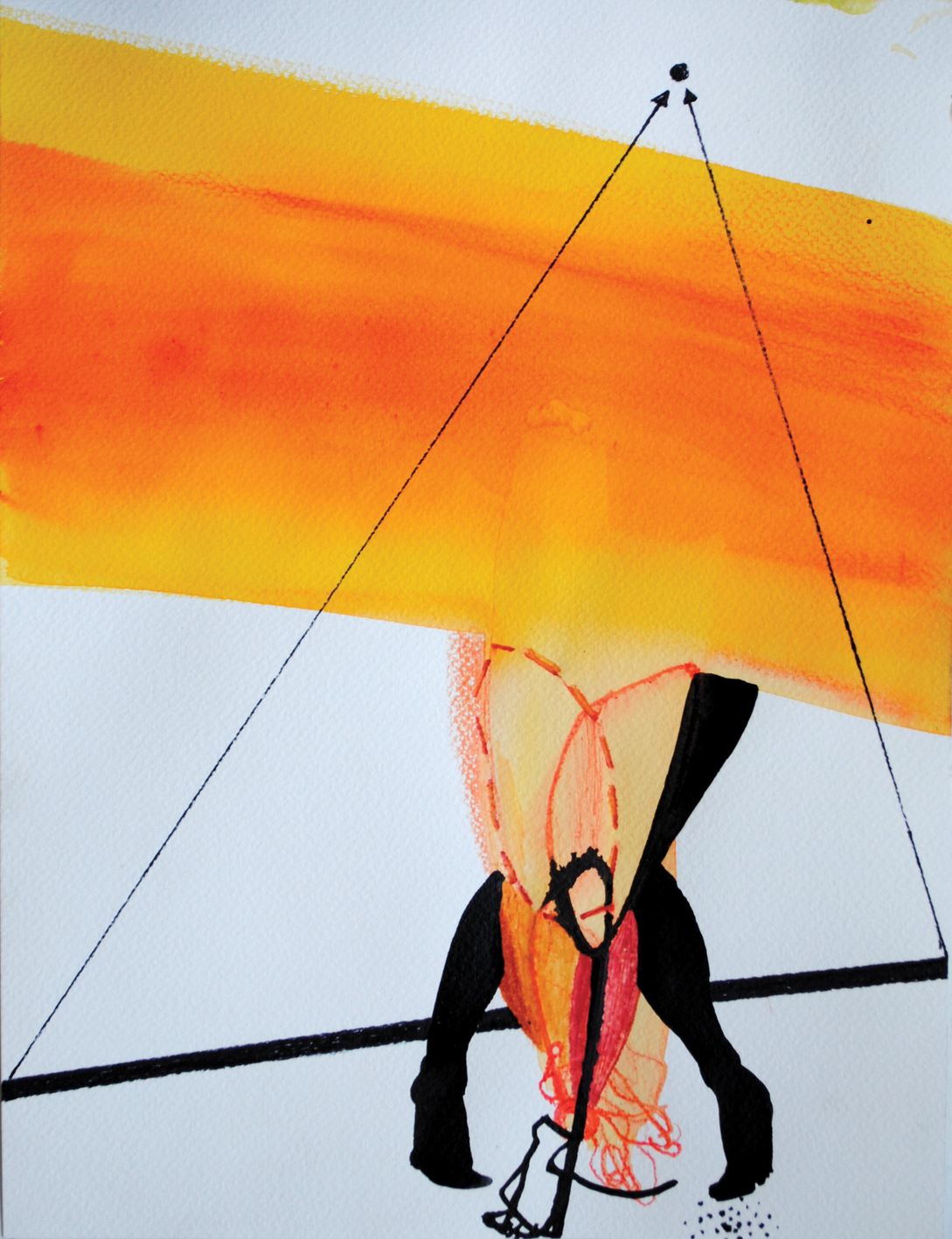
Agata Czeremuszkin-Chrut (£130+)Agata has a background of deep research into other artists' work. Her own nods to the likes of Bacon and Chagall, but she has developed her own unique visual language her works are bold and brave and distil her passion and creativity. She works prolifically and with great energy.
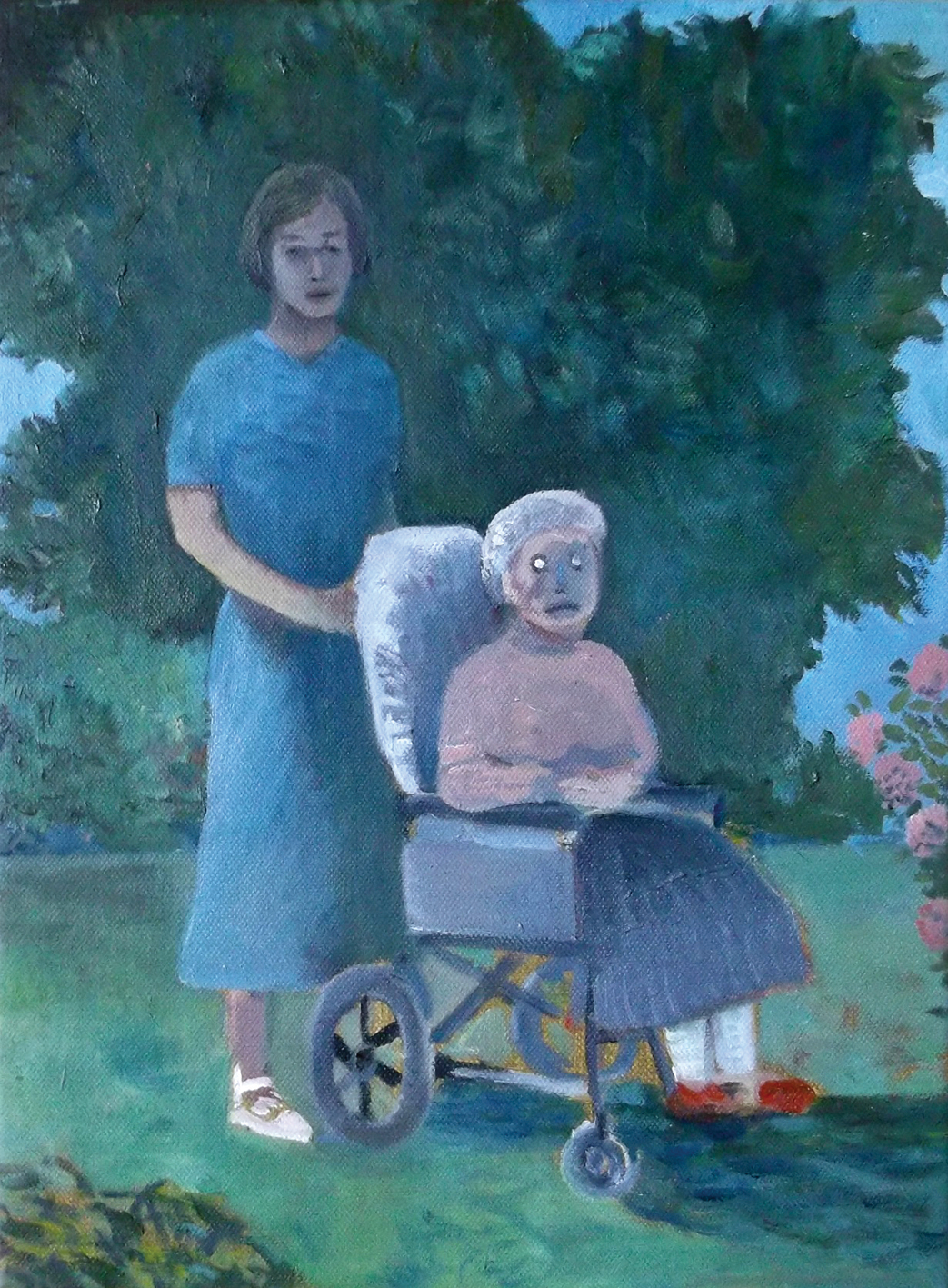
Brian Cheeswright (£390+)I loved Brian's work from the first time I saw it, so I'm really delighted he is doing so well, gaining much recognition over the last six months. References and experimentation abound and a good spirit and colour palette can be seen in a diverse range of subject matter from figurative to complete abstraction. He shows commitment; having applied to prizes (recently prize winner of the Marmite Prize for Painting) and regularly attends shows, pushing himself and his practice forward.
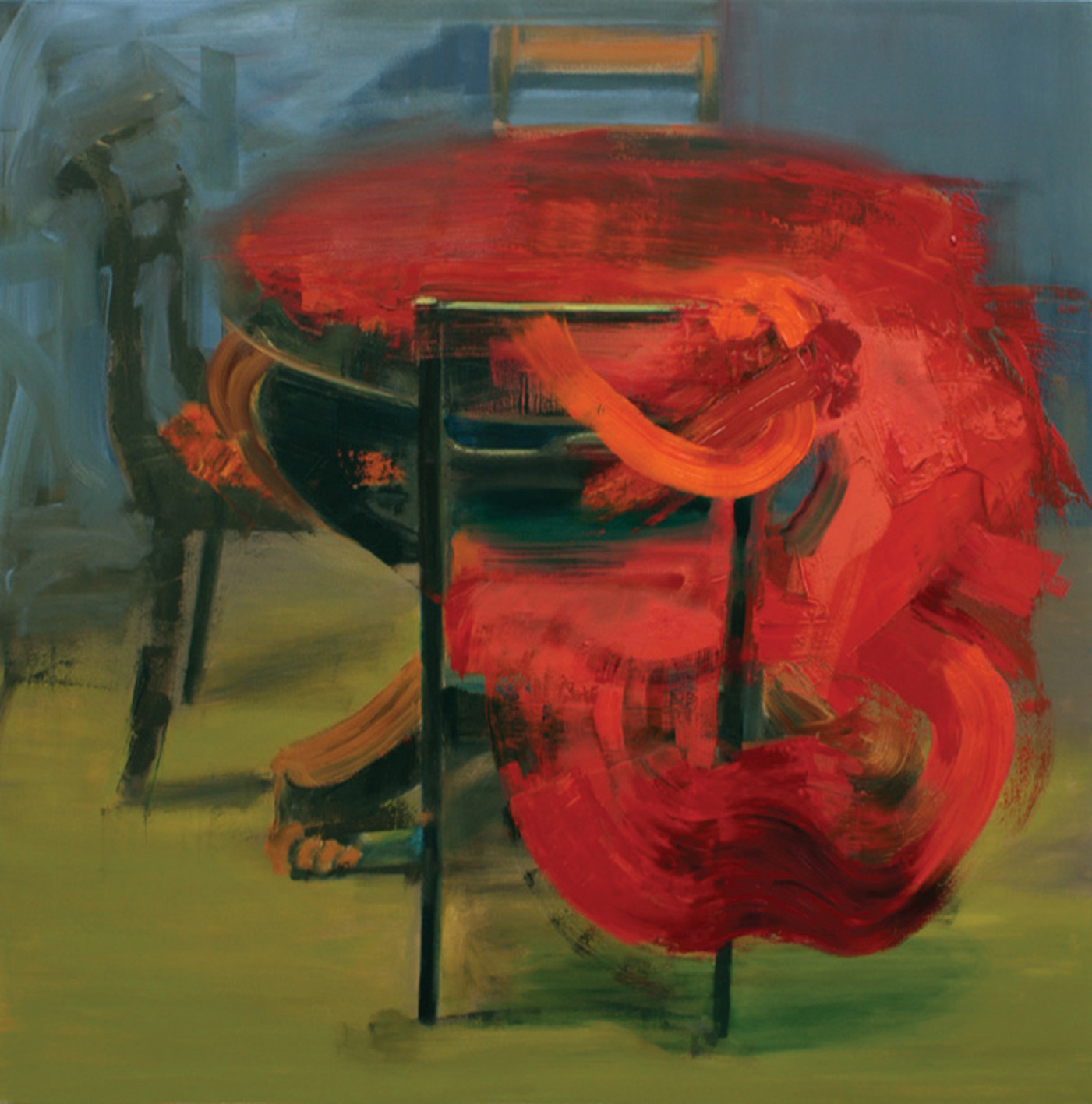
Bartosz Beda (£450+)Bartosz has a very identifiable style: there is a great energy in his work, even in his more minimal recent pieces. He has pushed out of his comfort zone and although his portrait paintings were selling very well (and it would have been very easy for him to continue to create similar works), he has deliberately challenged himself to evolve his practice. He rigorously makes his stretchers and the quality of his materials is excellent his paintings are beautiful objects.

Rebecca Fontaine-Wolf (£290+)Rebecca is an experimental artist working with different materials and challenging herself consistently, while maintaining a theme running through her work. She applies to competitions, has given up her day job, and is very talented. She is a discerning, sophisticated artist, working with integrity.
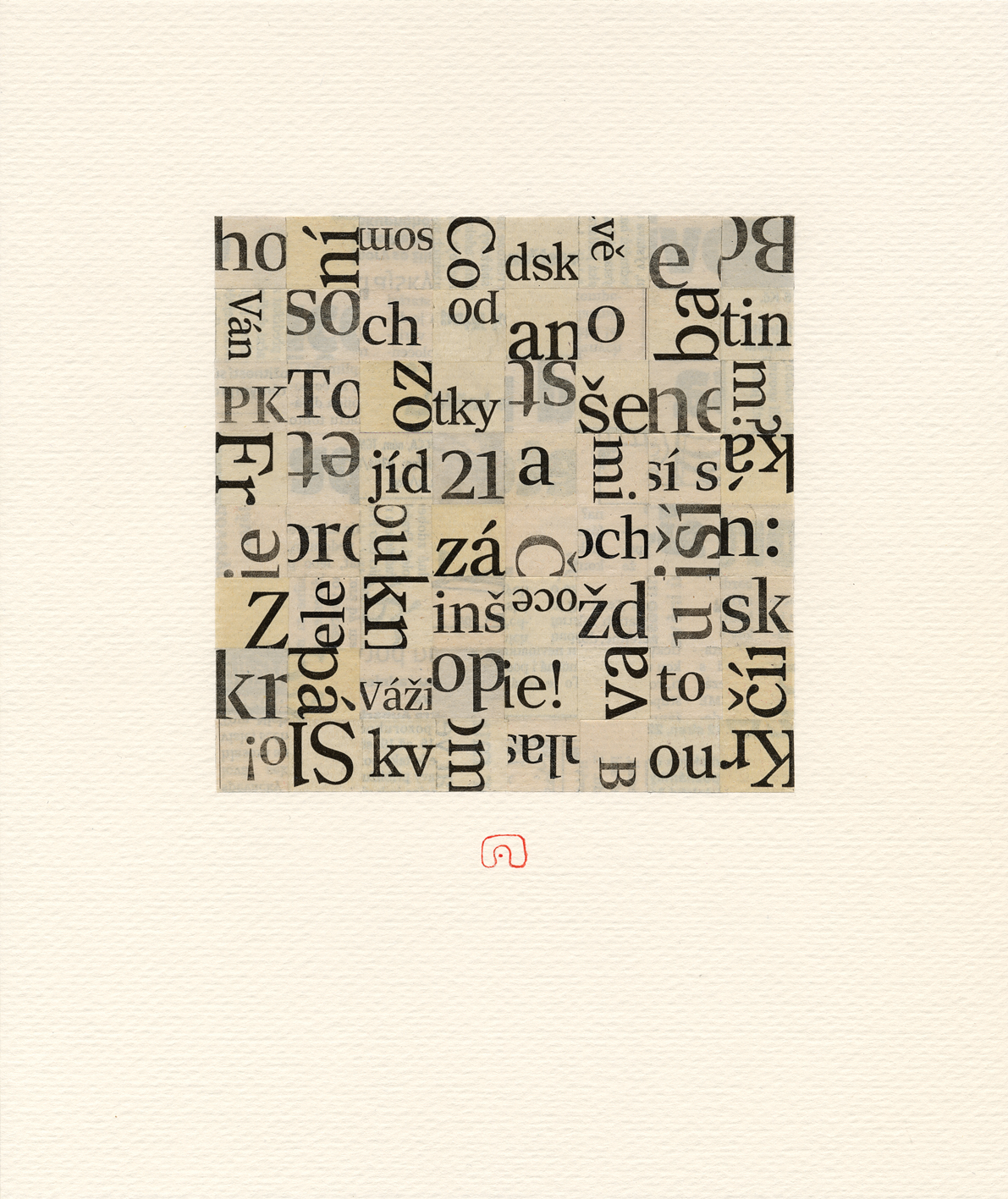
Slavomir Zombek (£90+)Slavomir's works are meticulous and his practice is subtly evolving. The materials he uses are very high quality and he regularly makes work. He is challenging himself moving out of his minimalist subject area into other areas, such as landscape and still life while retaining his contemplative quality. He has a unique visual language.
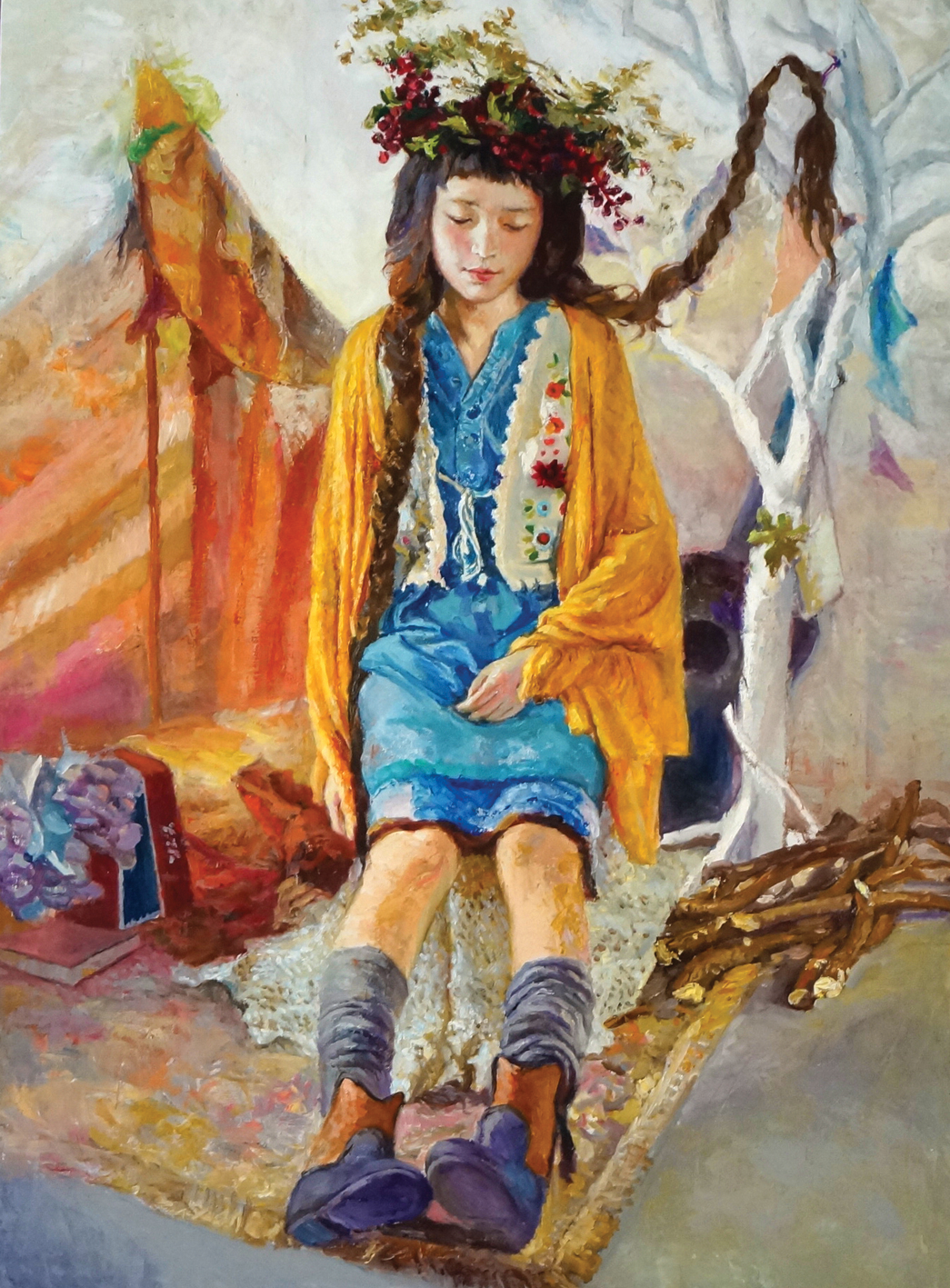
Claire Fang Yang (£2,000+)An amazing natural talent technically her work is very strong and while there are influences evident from more traditional portraiture, there is an identifiable colour palette and contemporary twist that are very much her own. Her works are utterly resolved.
Get the latest financial news, insights and expert analysis from our award-winning MoneyWeek team, to help you understand what really matters when it comes to your finances.
Sarah Ryan writes about alternative investments for MoneyWeek. She is the founder and director of New Blood Art, an innovative online gallery for exceptional early-career artists, which helps to make collecting original fine art accessible to more people.
Many of the artists Sarah has featured have gone on to perform exceptionally well commercially, earning her a reputation among fans of alternative investments.
Sarah has a degree in fine art from London Metropolitan University and a PGCE in art education from Cambridge University and previously worked as a teacher.
Sarah also holds a diploma in integrative counselling & psychotherapy from the University of Roehampton, and is a practising psychotherapist.
-
 ‘Why I have ditched my Help to Buy ISA for cash savings and the stock market’
‘Why I have ditched my Help to Buy ISA for cash savings and the stock market’Without the 25% bonus, my Help to Buy ISA is effectively redundant, says MoneyWeek writer Sam Walker.
-
 Is your inheritance tax allowance cut if you sell to downsize or sell your home to pay for care?
Is your inheritance tax allowance cut if you sell to downsize or sell your home to pay for care?Downsizing relief is a little-known benefit that could save your loved ones tens of thousands of pounds in inheritance tax after you’ve died.
